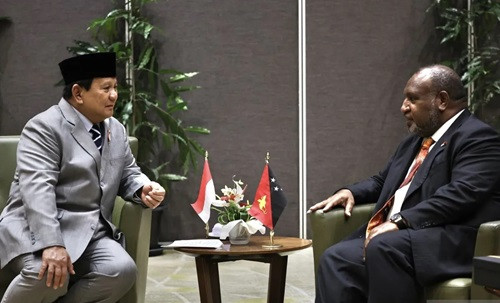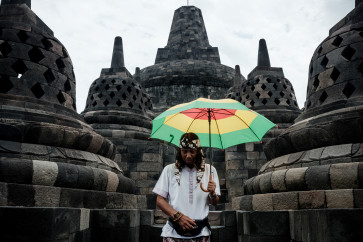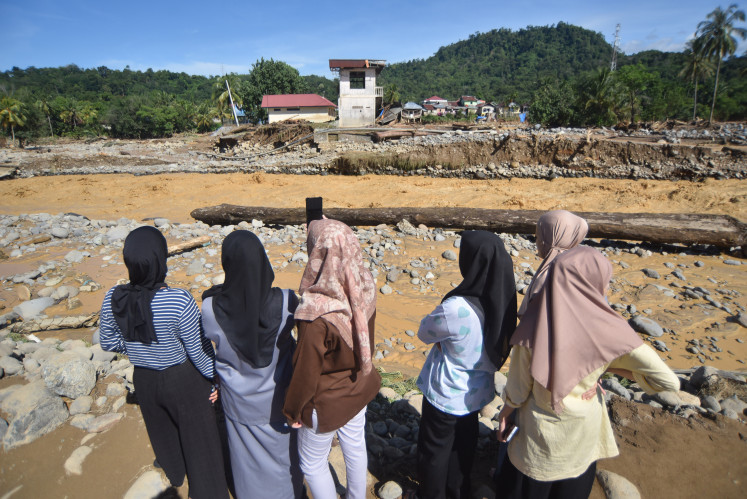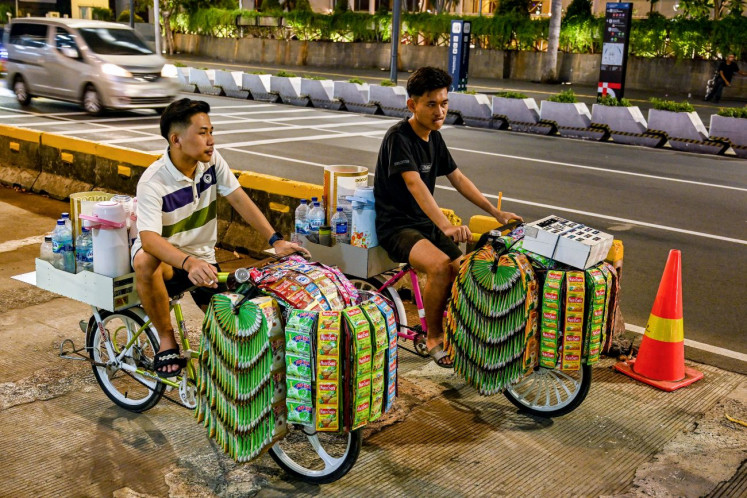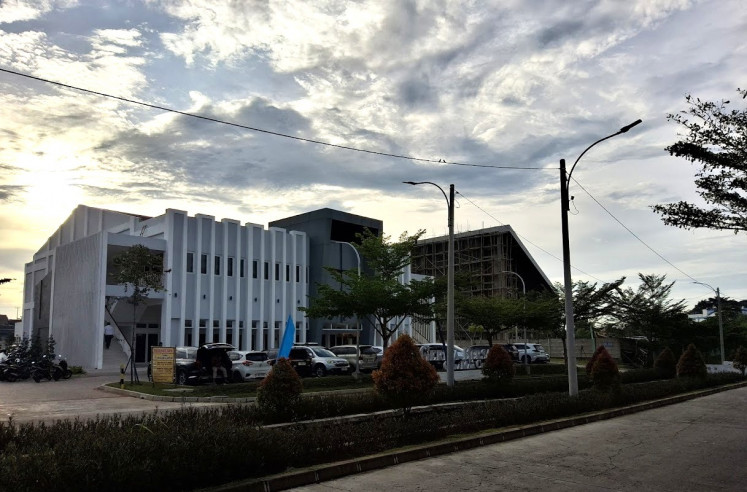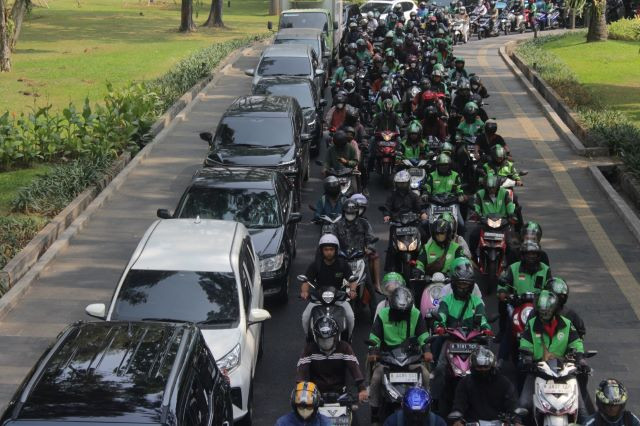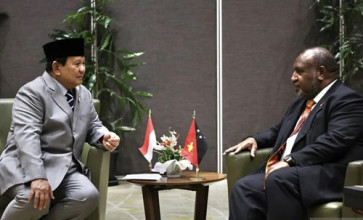Popular Reads
Top Results
Can't find what you're looking for?
View all search resultsPopular Reads
Top Results
Can't find what you're looking for?
View all search resultsIs Papua New Guinea part of Southeast Asia?
There is nothing in the ASEAN Charter that rules out the possibility of Papua New Guinea one day joining the club.
Change text size
Gift Premium Articles
to Anyone
T
he question of whether Papua New Guinea (PNG) should be considered part of Southeast Asia has become a key talking point, especially as the country renews its bid to join ASEAN. The issue resurfaced prominently during the recent ASEAN meeting in Kuala Lumpur, highlighting the ongoing debate about how to deepen ASEAN engagement with PNG.
Reactions to PNG’s aspiration have been mixed. Indonesia, PNG’s closest neighbor, has openly backed its admission, viewing it as a natural step toward deeper regional integration and resilience. Other ASEAN members, however, are far more cautious, some even expressing hesitation about expanding the organization’s membership.
PNG’s quest for membership is likely to face an uphill struggle, particularly when it comes to how its geographical position fits within the parameters set by the ASEAN Charter.
A common argument against PNG’s bid is that the geographical requirement in the Charter prevents such an expansion. Yet, as this article will argue, there is nothing in the Charter that rules out the possibility of PNG one day joining the ASEAN “club.”
As a general rule, Article 6 of the ASEAN Charter stipulates that the procedure for admission to ASEAN shall be prescribed by the ASEAN Coordinating Council. Admission is subject to a set of criteria, one of which is that the applicant must be located within “the recognized geographical region of Southeast Asia.” More importantly, the article explicitly provides that admission shall be decided by consensus at an ASEAN summit, upon the recommendation of the ASEAN Coordinating Council.
It is important to note that the Charter does not limit Southeast Asia to a fixed list of countries, nor does it rely on a strict cartographic definition. It offers no precise boundaries for where “Southeast Asia” begins or ends.
International law does not contain any treaty, convention or universally accepted rule that sets the exact boundaries of Southeast Asia. Different organizations and institutions define the region in ways that suit their own purposes.

